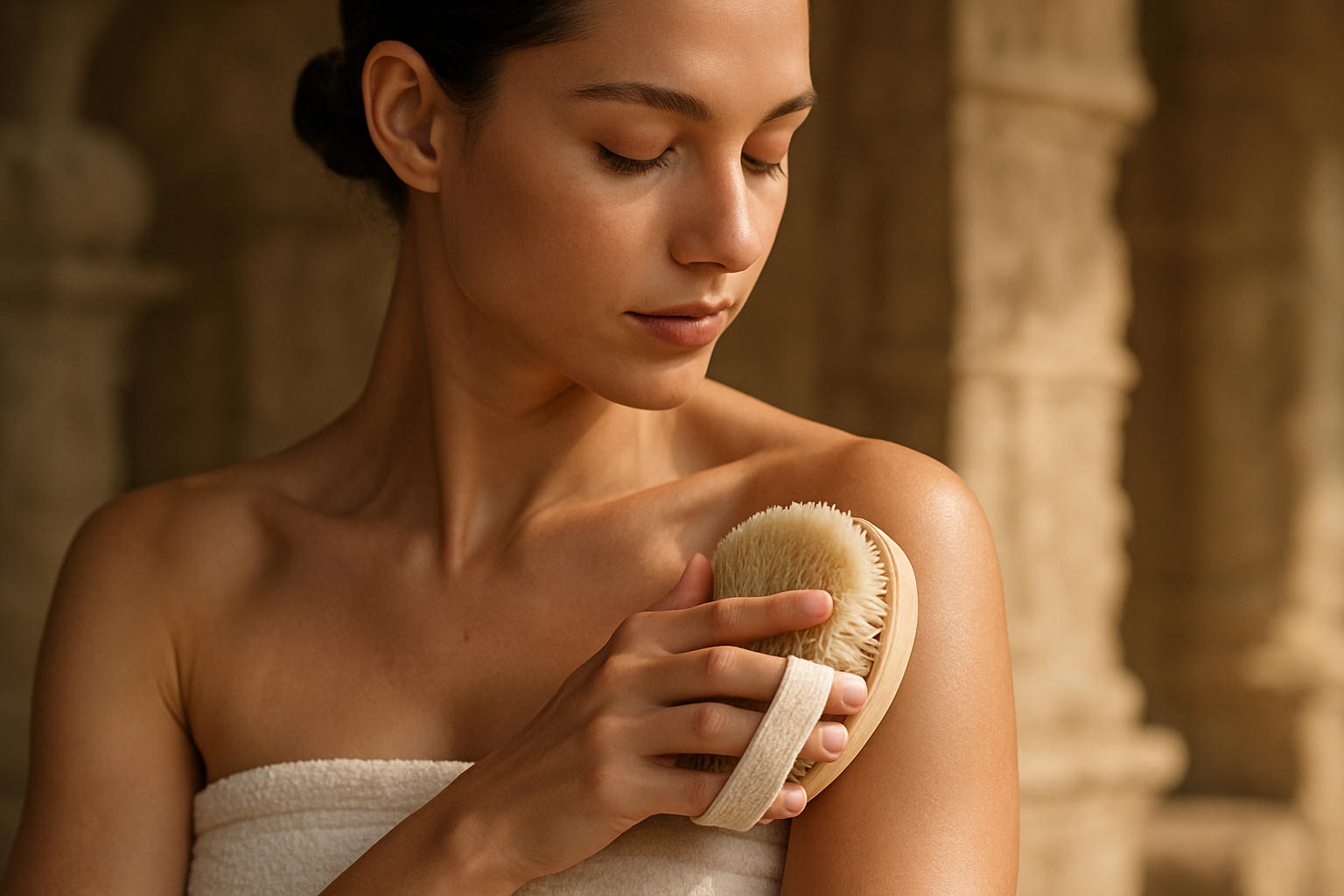Breaking Down the Basics: The Science and Benefits of Pranayama Breathing
Breathing is a fundamental aspect of life, yet many of us take it for granted. What if we told you that the way you breathe could significantly impact your physical and mental wellbeing? Welcome to the world of Pranayama, an ancient Indian practice that harnesses the power of breath to promote health and longevity.

A Retrospective Look at Pranayama
Pranayama, which literally translates to “life-force control,” is a key component of traditional yoga, originating from ancient Indian philosophy. Pranayama techniques involve manipulating the breath—specifically the length, depth, and rhythm—to achieve various health and wellness outcomes.
Historically, Pranayama was practiced by yogis as a means to cultivate spiritual energy and prepare for meditation. But over the years, as scientists began to study its potential health benefits, Pranayama has gained global recognition as a powerful tool for overall wellbeing.
Pranayama in Contemporary Health
Recent research has placed Pranayama under the spotlight, revealing its potential to enhance physical and mental health. Pranayama techniques have been found to improve respiratory function, cardiovascular health, and stress management, among other benefits.
Studies suggest that Pranayama can increase lung capacity and efficiency, making it a valuable practice for athletes and those with respiratory conditions. Moreover, the deep, controlled breathing in Pranayama promotes heart health by reducing blood pressure and heart rate.
In the realm of mental health, Pranayama has shown promise in managing anxiety and depression. The focused, mindful nature of Pranayama breathing can elicit a relaxation response, reducing stress hormones and promoting feelings of calm and tranquility.
Unpacking the Practice: Pranayama’s Science-Backed Credibility
Pranayama’s efficacy can be attributed to its influence on the autonomic nervous system (ANS). The ANS regulates involuntary body functions like heart rate and digestion. Pranayama’s deep, controlled breathing can stimulate the parasympathetic branch of the ANS, which is responsible for relaxation and recovery.
Through this mechanism, Pranayama can counteract the effects of chronic stress—a prevalent issue in today’s fast-paced society. By activating the body’s relaxation response, Pranayama can promote mental clarity, emotional balance, and physical rejuvenation.
However, it’s important to note that learning and practicing Pranayama should be done under the guidance of a trained professional, as improper technique can lead to adverse effects.
Spotlight: Practical Insights into Pranayama
-
Getting Started: Begin with simple techniques like equal breathing (inhaling and exhaling for the same length of time) before progressing to more complex methods.
-
Consistency is Key: Regular practice is essential for reaping Pranayama’s benefits. Aim for a few minutes daily, gradually increasing the duration.
-
Combine with Yoga or Meditation: Pranayama can enhance the benefits of yoga and meditation. Consider incorporating it into your existing routine.
-
Mind the Posture: Proper body alignment facilitates better breathing. Sit comfortably with your back straight while practicing Pranayama.
In conclusion, Pranayama offers a unique and powerful approach to health and wellness. By harnessing the power of the breath, we can potentially improve our physical health, manage stress, and even enhance our emotional well-being. As we navigate the stresses of modern life, ancient practices like Pranayama can provide a balanced, holistic approach to our wellness journey.





